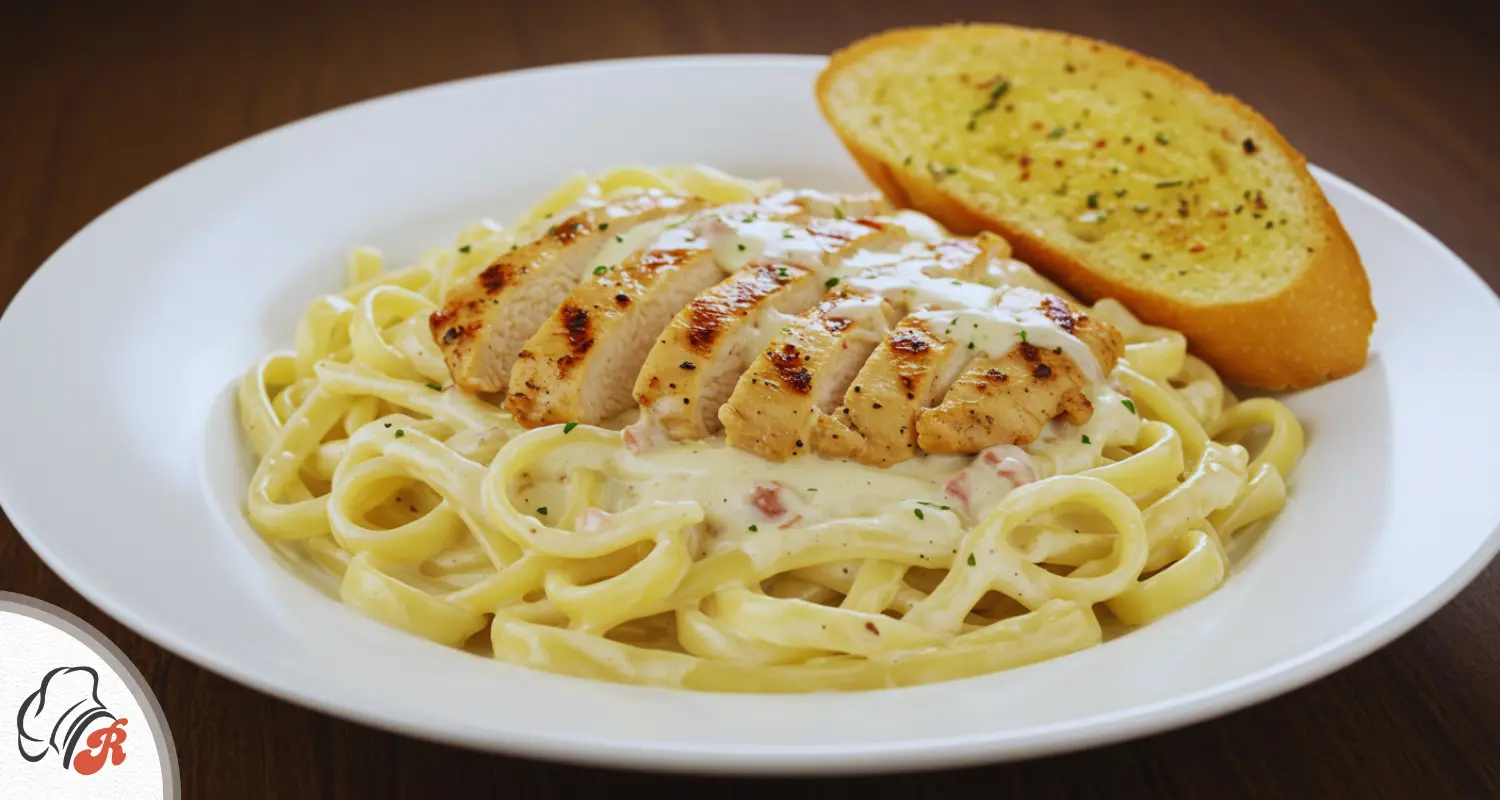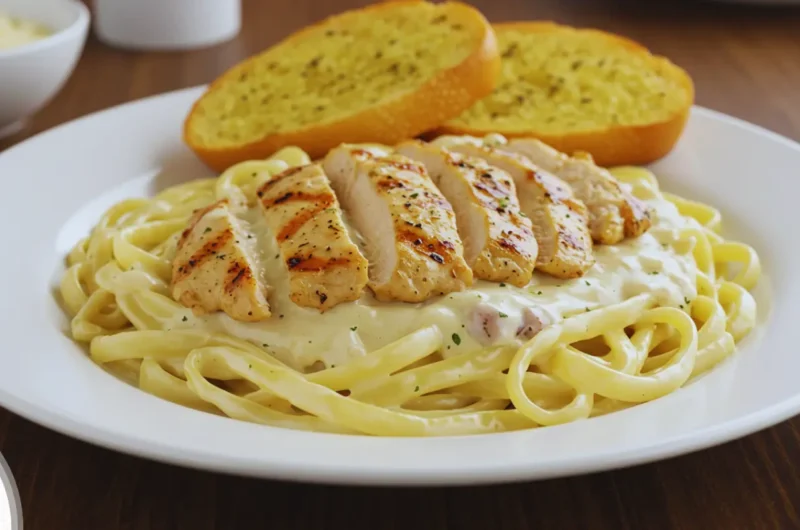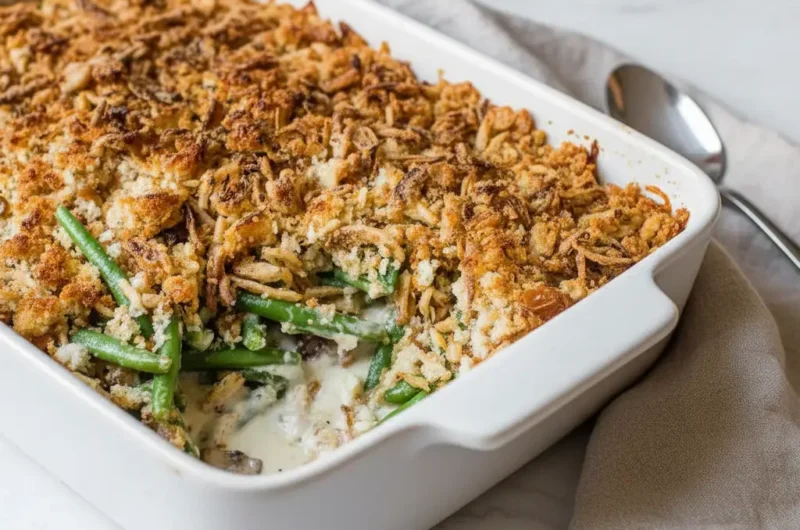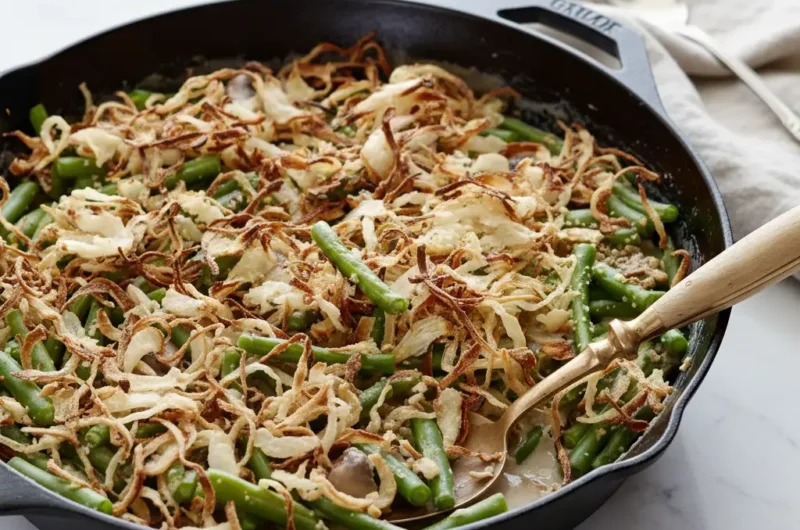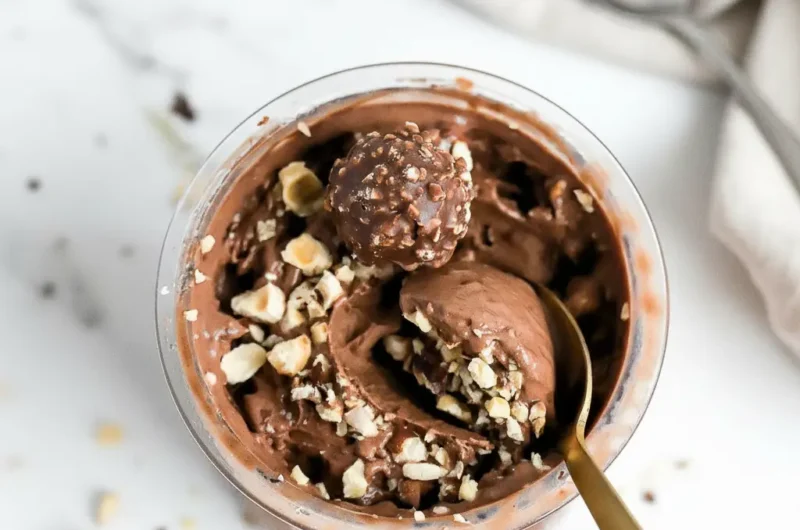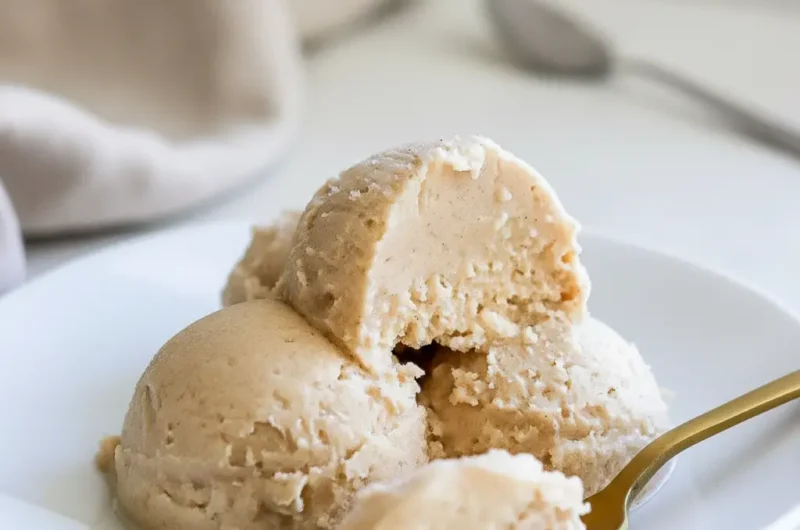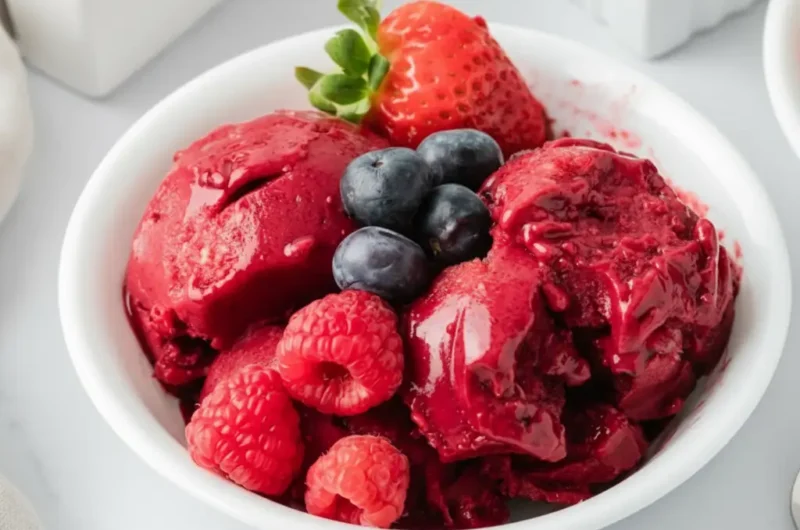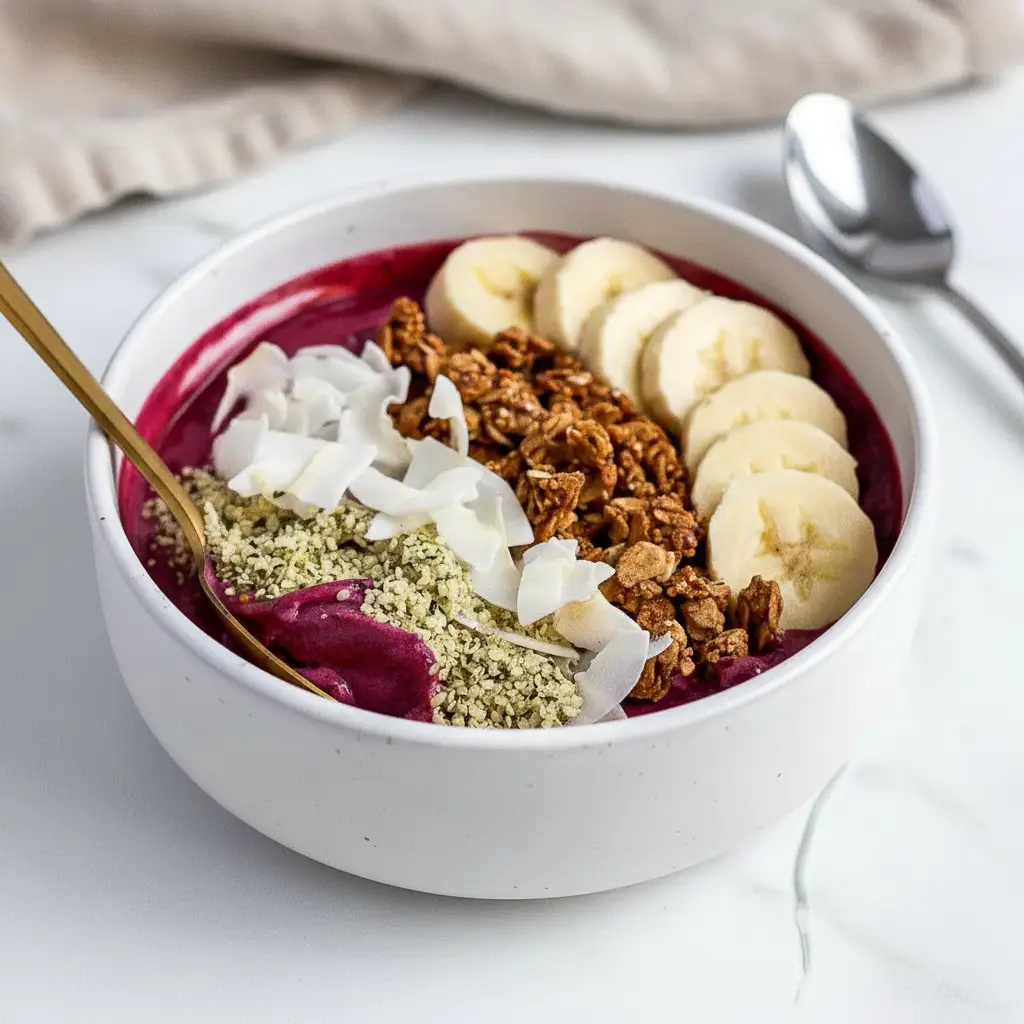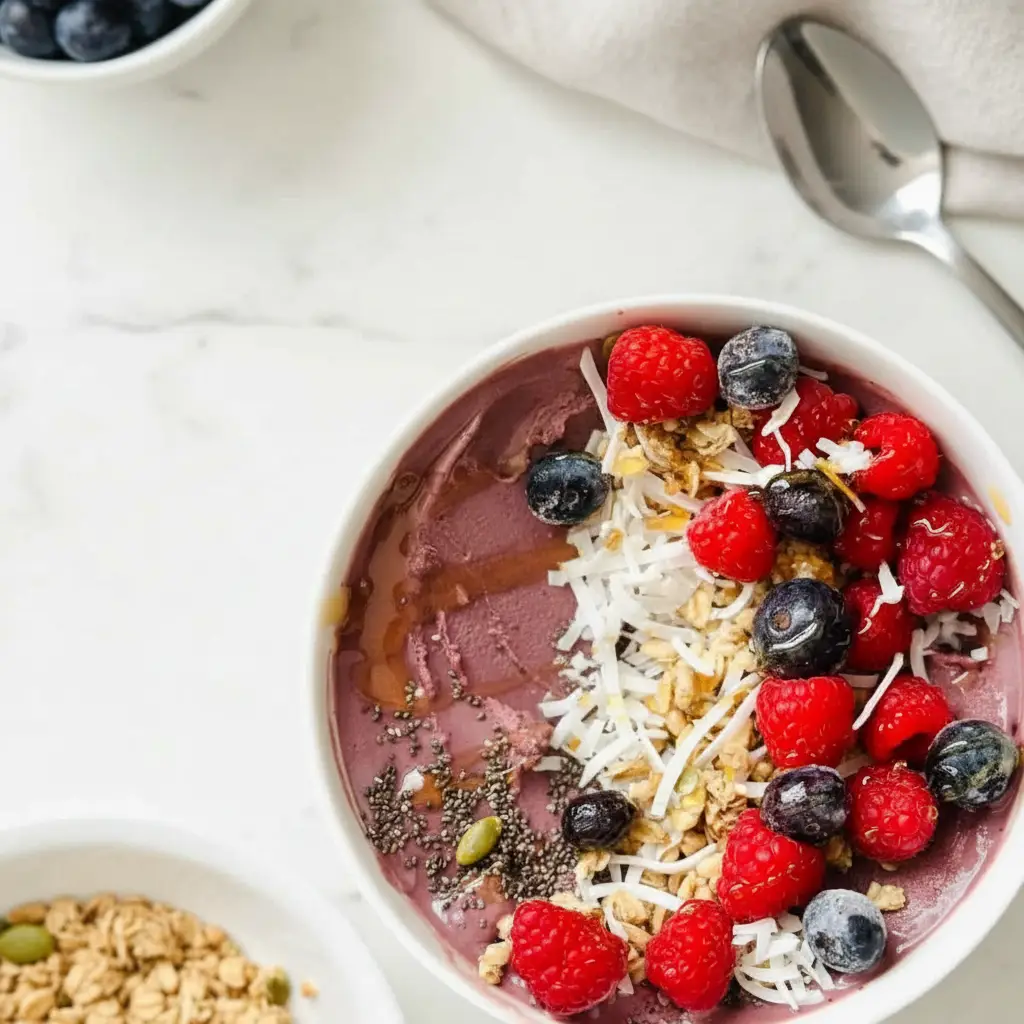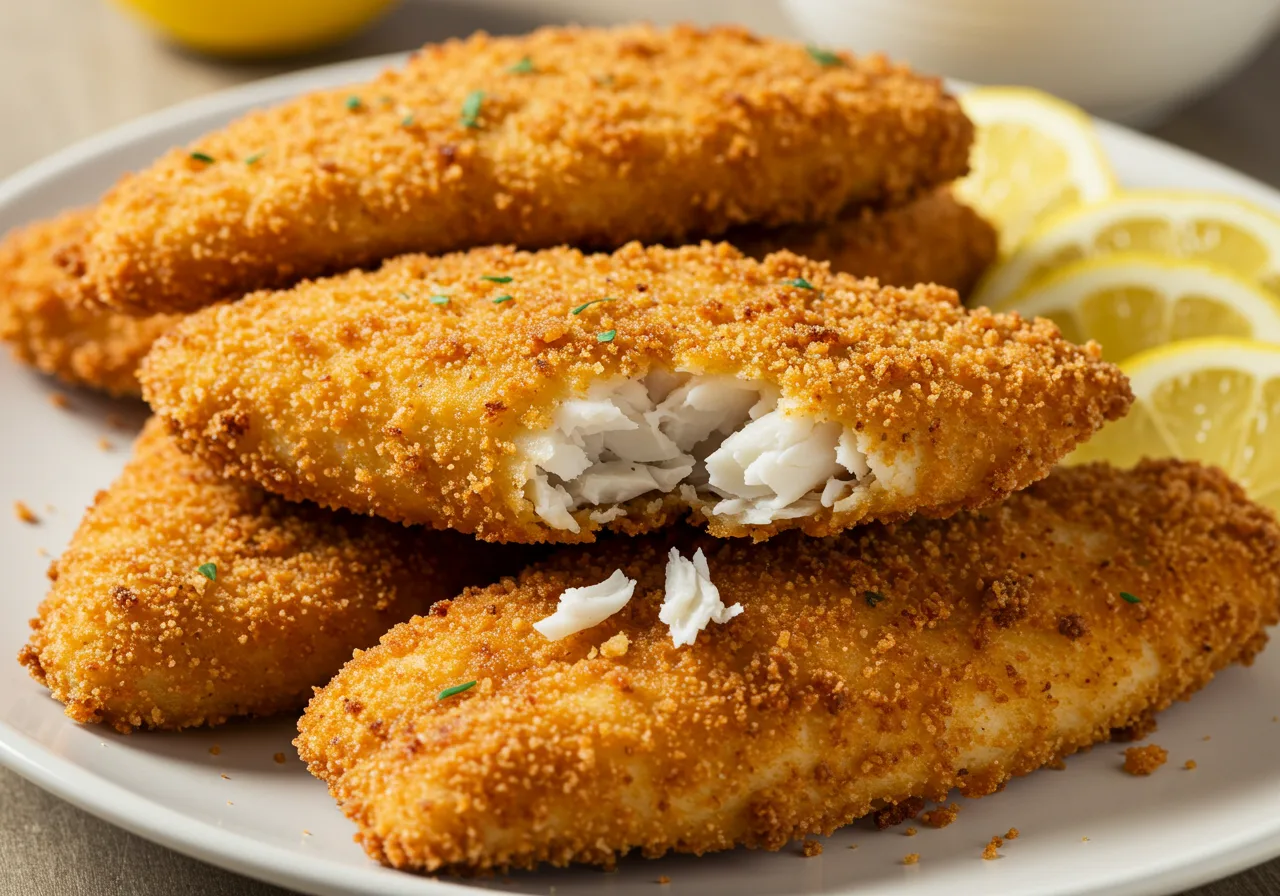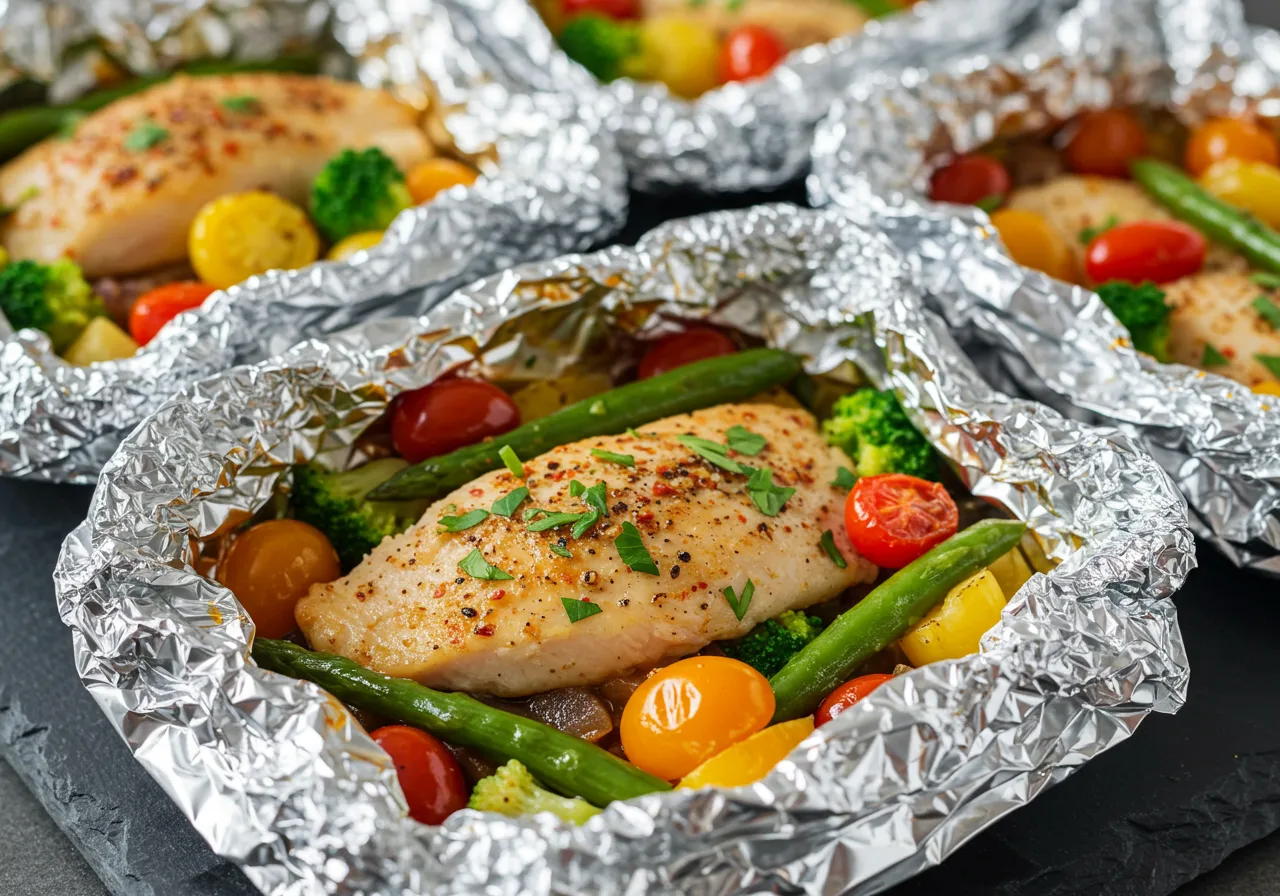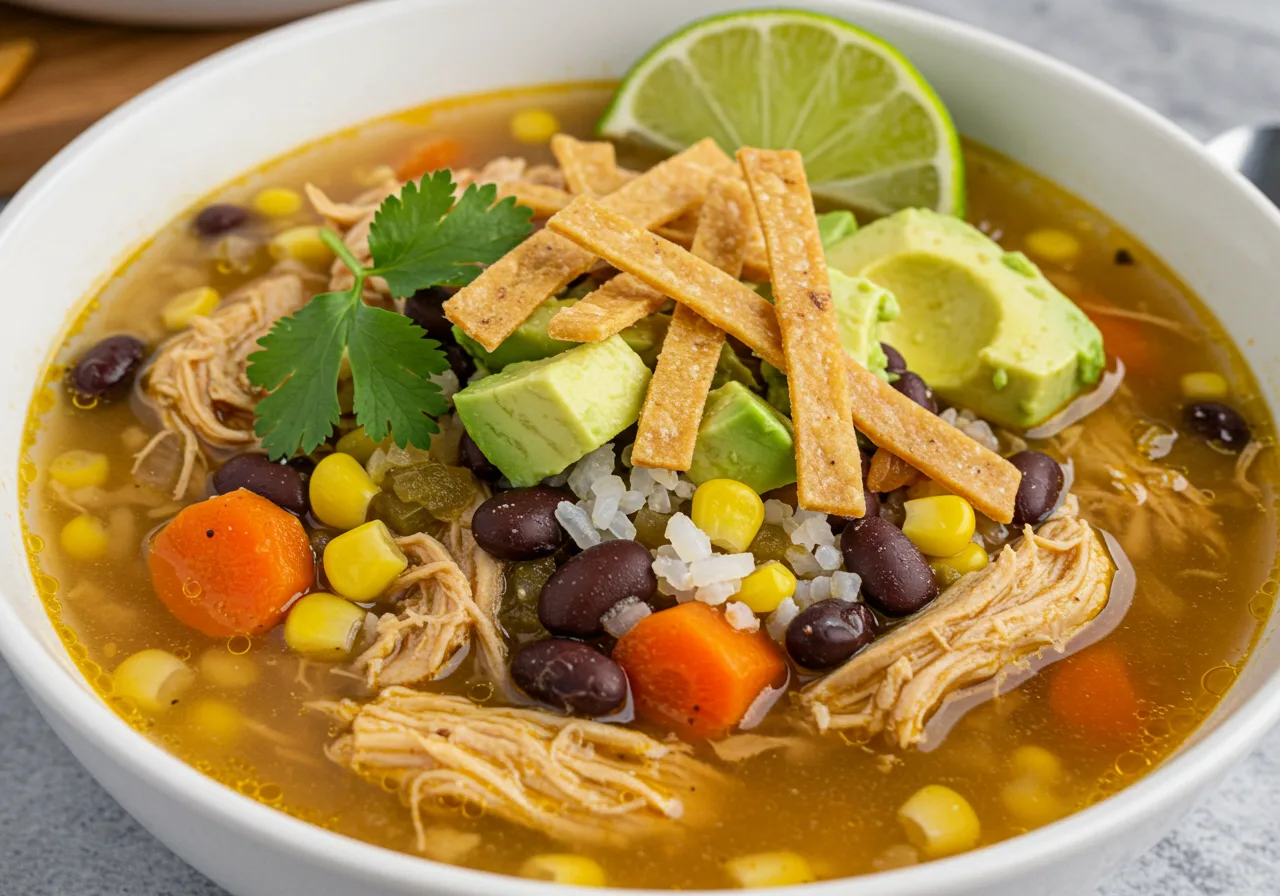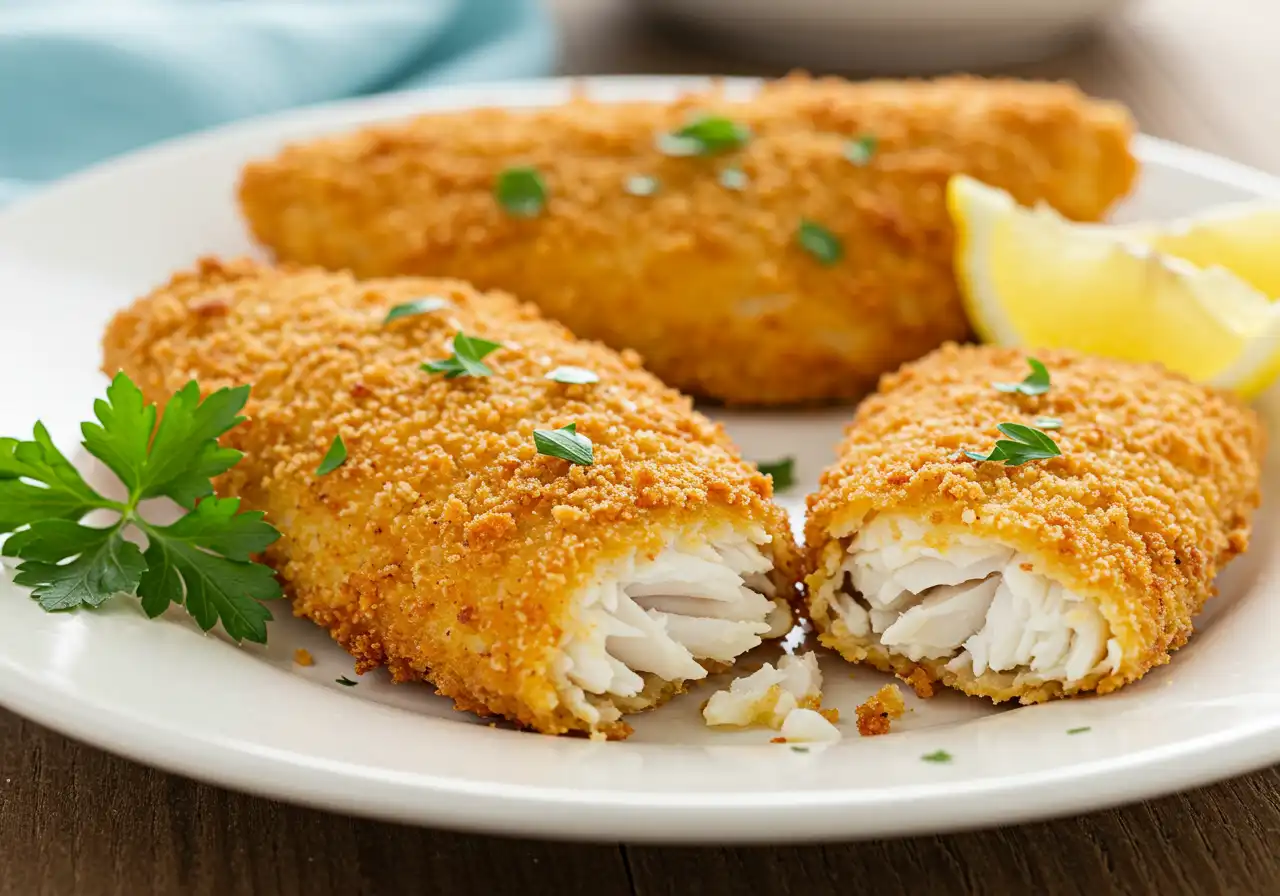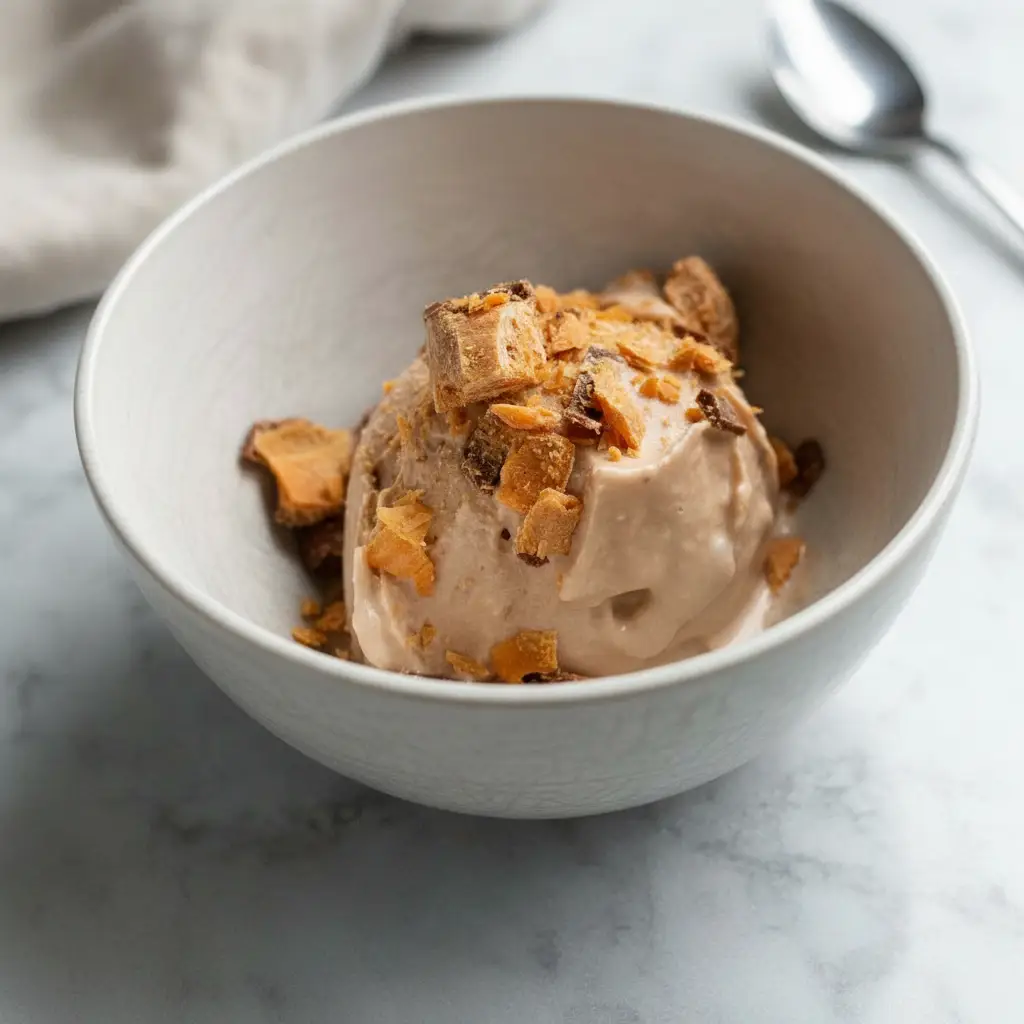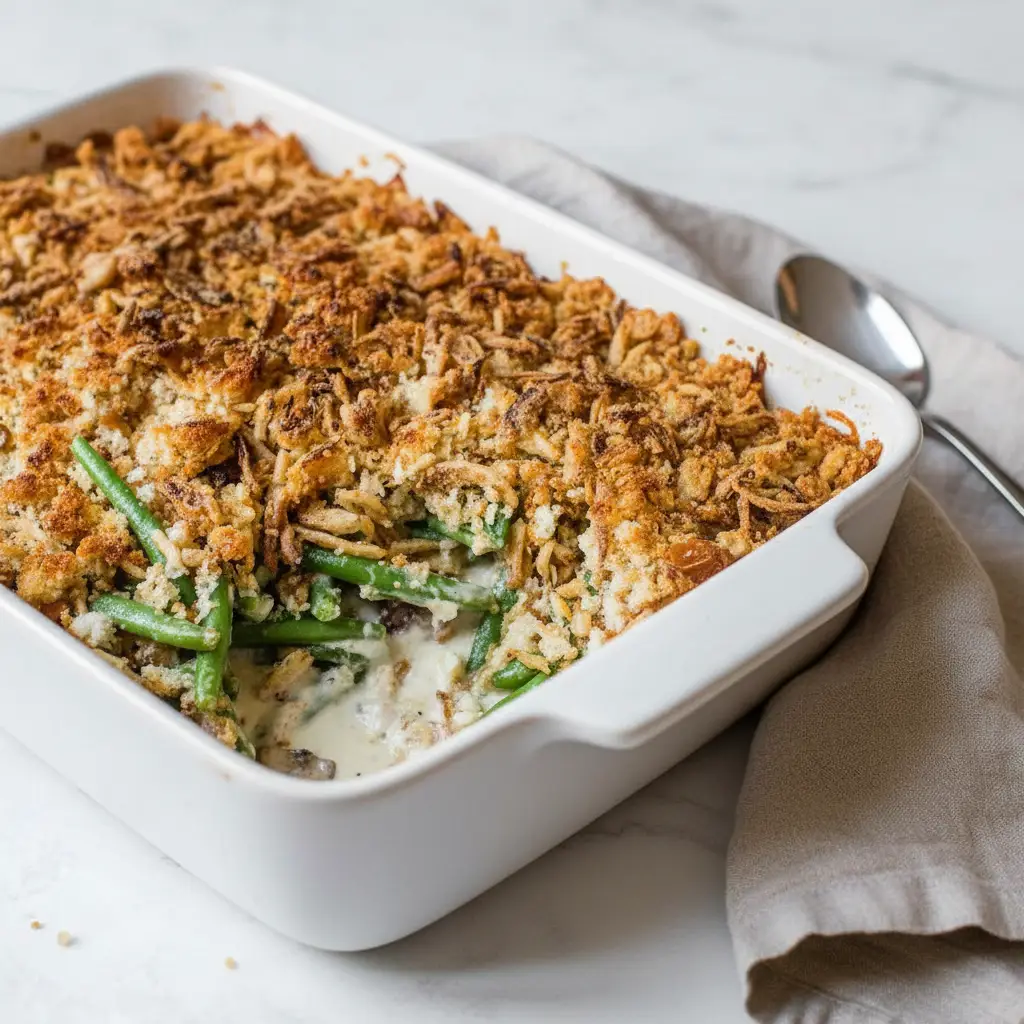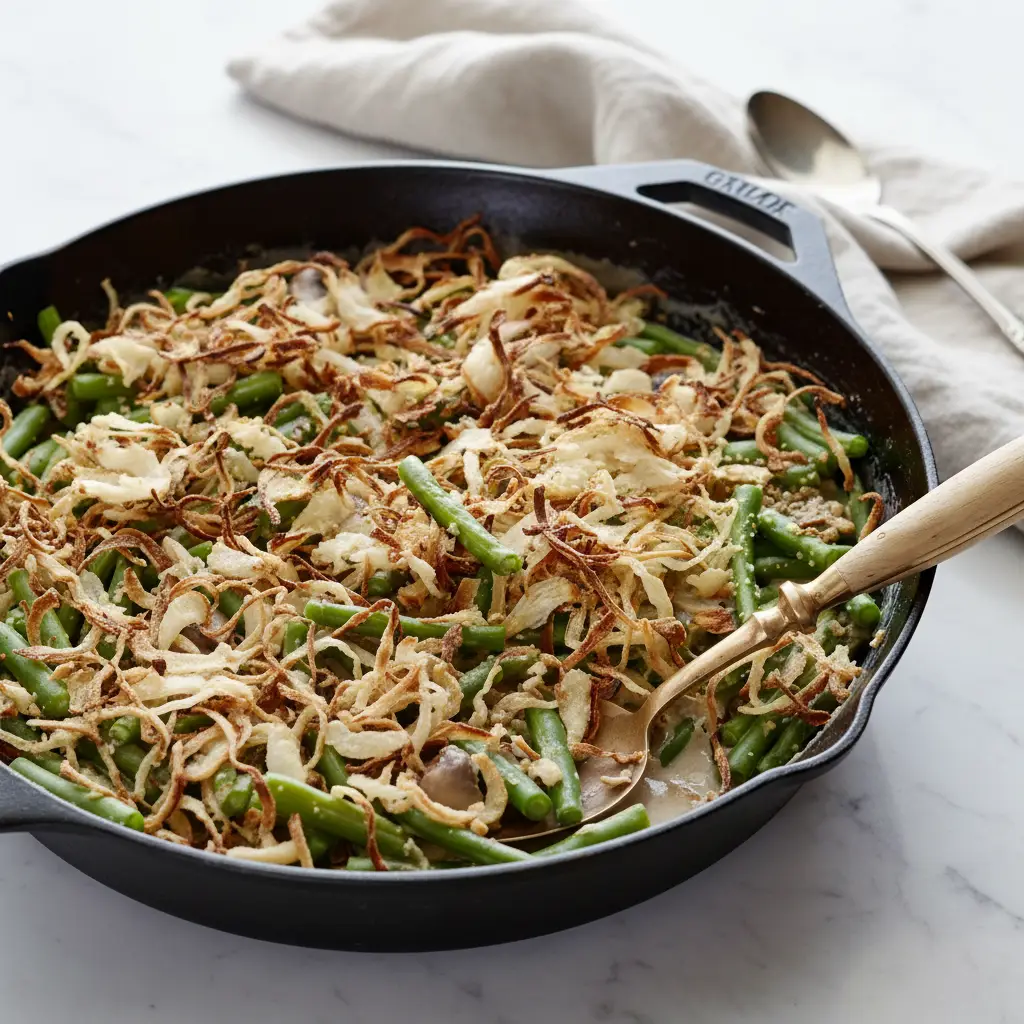If you’re a fan of the rich, creamy Alfredo sauce served at Olive Garden, you’re in the right place.
In this article, we’ll show you how to recreate the Olive Garden recipe Alfredo sauce right at home, bringing the iconic flavors of the restaurant to your kitchen.
Whether you’re making a comforting plate of fettuccine Alfredo or adding chicken for a heartier dish, this easy-to-follow recipe will help you achieve that perfect creamy texture and savory taste.
Olive Garden Recipe Alfredo Sauce with Grilled Chicken
Course: Main Course, LunchCuisine: ItalianDifficulty: Easy4
servings10
minutes15
minutes450
kcal25
minutesThis homemade Olive Garden recipe Alfredo sauce is a rich and creamy Italian classic, perfect for pairing with fettuccine or chicken for a delicious, restaurant-quality meal.
Ingredients
1 cup unsalted butter
2 cups heavy cream
2 cups freshly grated Parmesan cheese
2 cloves garlic, minced
Salt and pepper to taste
1/4 teaspoon ground nutmeg (optional)
Directions
- In a large skillet, melt the butter over medium heat.
- Add the minced garlic and sauté for about 1 minute until fragrant.
- Stir in the heavy cream and bring to a simmer.
- Cook for 5–7 minutes, allowing the cream to thicken slightly.
- Gradually stir in the grated Parmesan cheese and continue cooking until the cheese is fully melted and the sauce is smooth.
- Season with salt, pepper, and nutmeg (if using).
- Remove from heat and toss with cooked fettuccine or your favorite pasta. Serve immediately.
Notes
- For a thicker sauce, simmer for a few extra minutes to reduce.
Make sure to use freshly grated Parmesan cheese for the best texture and flavor.
This sauce pairs well with grilled chicken, shrimp, or vegetables.
Table of Contents
The Secret Ingredients of Olive Garden Recipe Alfredo Sauce
Olive Garden’s Alfredo sauce is known for its rich, creamy texture and deliciously savory flavor. Understanding the ingredients that go into this sauce is essential for recreating it at home. Let’s take a closer look at what makes this Alfredo sauce so special.
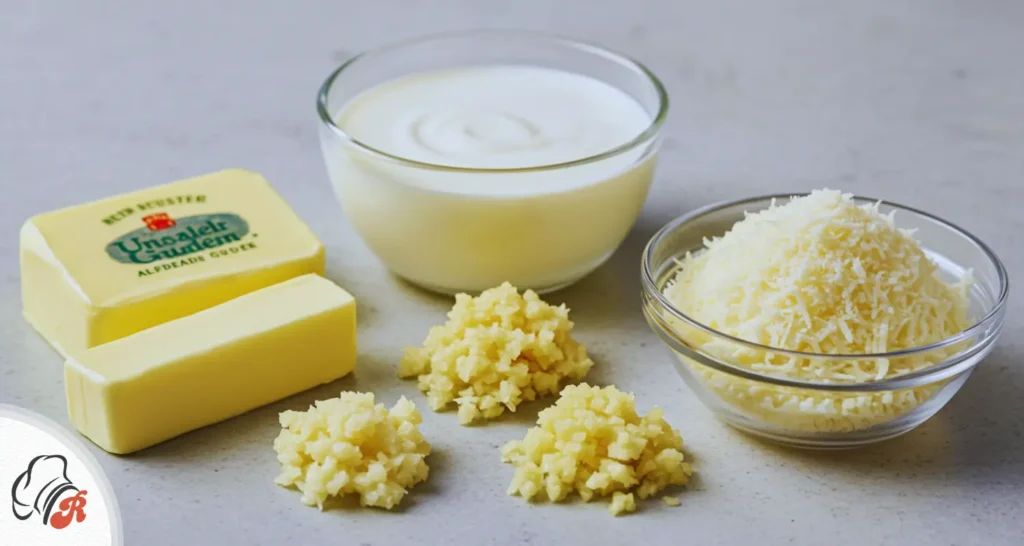
1. Butter – The Foundation of Creaminess
The base of any Alfredo sauce is butter, which provides richness and a velvety smooth texture. Olive Garden’s recipe uses unsalted butter, allowing you to control the level of salt in the sauce. This ingredient also helps achieve that luxurious, glossy finish that coats the pasta perfectly.
2. Heavy Cream – For That Luxurious Texture
Heavy cream is the key to the smooth and creamy consistency of the Olive Garden recipe Alfredo sauce. It helps to balance the richness of the butter and create a silky finish. Olive Garden uses a generous amount of cream in their recipe, which is why the Alfredo sauce feels so indulgent and luscious on the palate. You can substitute it with half-and-half for a lighter version, but heavy cream gives you the authentic restaurant taste.
3. Parmesan Cheese – For the Classic Flavor
Parmesan cheese is the star ingredient in Alfredo sauce, bringing that sharp, savory flavor that perfectly complements the buttery cream base. Olive Garden typically uses freshly grated Parmesan, as it melts better and enhances the flavor. For a truly authentic taste, opt for a high-quality Parmesan cheese, preferably aged, which gives the sauce its distinctive nutty, savory kick.
4. Garlic – The Subtle Flavor Boost
Garlic plays a crucial role in elevating the flavor of the Alfredo sauce. Olive Garden’s version incorporates fresh garlic, which is sautéed in butter to release its aromatic oils. The garlic provides a subtle but essential depth of flavor that pairs wonderfully with the cream and cheese, without overpowering the other ingredients. If you love garlic, feel free to adjust the amount to your liking!
5. Salt and White Pepper – For Seasoning Balance
Salt is used to bring out the richness of the butter and cream, while white pepper adds a gentle spiciness. White pepper is preferred in Alfredo sauces because it has a milder, less aggressive flavor compared to black pepper. It also keeps the sauce looking pristine and smooth, without the specks that black pepper would add.
6. Optional: A Touch of Nutmeg or Italian Herbs
Some variations of Olive Garden Alfredo sauce include a pinch of nutmeg or dried Italian herbs, like basil or oregano, for added complexity. Nutmeg, in particular, adds a warm, slightly sweet note that complements the richness of the cream and cheese. However, this is an optional step, as the traditional Olive Garden version keeps it simple with just butter, cream, garlic, and Parmesan.
Making the Perfect Olive Garden Alfredo Sauce
Recreating the perfect Olive Garden recipe Alfredo sauce at home is easier than you might think. With the right techniques and ingredients, you can enjoy this creamy, indulgent sauce just like you’d get at the restaurant. In this section, we’ll walk you through the steps to make the perfect Alfredo sauce, ensuring it turns out smooth, flavorful, and irresistible every time.
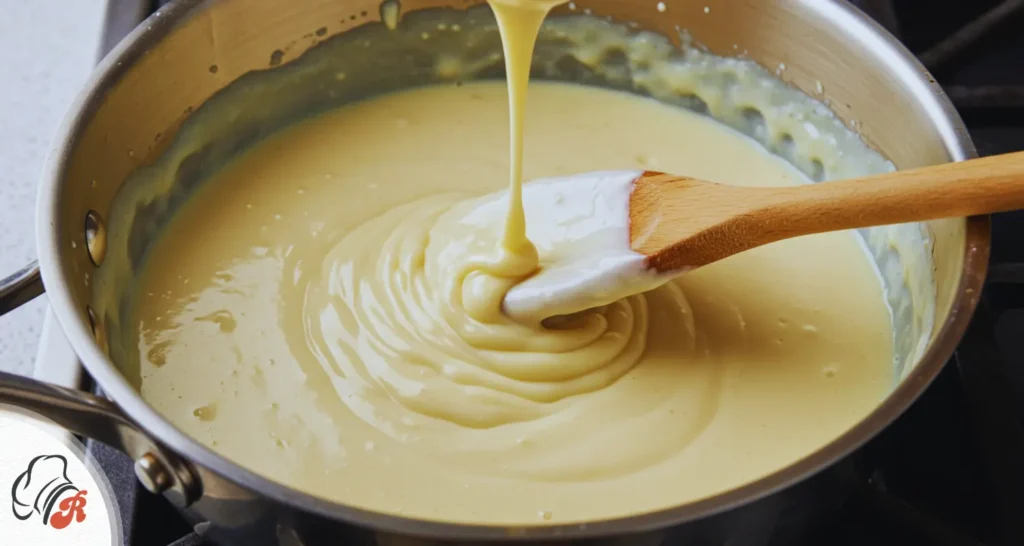
Step 1: Melt the Butter to Start
The first step in making the perfect Alfredo sauce is to melt the butter over medium heat. Use unsalted butter for this process, as it allows you to control the level of salt in the final dish. When melting the butter, keep an eye on it to avoid browning, as you want to preserve its delicate, creamy flavor. This is the base for your sauce and will create the smooth, rich texture that you’re looking for.
Step 2: Sauté Fresh Garlic
Once the butter is melted, it’s time to add the garlic. Fresh garlic cloves, finely minced, are sautéed in the butter to infuse the mixture with that signature flavor. Garlic should be cooked just long enough to release its oils and become fragrant — about 1 to 2 minutes. Be cautious not to let the garlic brown, as it can turn bitter and affect the overall taste of the sauce.
Step 3: Add the Heavy Cream and Simmer
Next, slowly pour in the heavy cream. Stir continuously to combine the butter and cream into a smooth mixture. Allow the cream to simmer gently, not boil, for about 5 to 7 minutes. This step helps the cream reduce slightly and thicken, which creates the rich, velvety texture you want in the final sauce. Stir the mixture occasionally to prevent it from sticking to the bottom of the pan.
Step 4: Stir in the Parmesan Cheese
Now comes the most important part: adding the Parmesan cheese. For the most authentic flavor and texture, use freshly grated Parmesan cheese. It melts much better than pre-grated cheese and gives the sauce a smoother, creamier finish. Add the cheese gradually, stirring constantly to help it melt into the Olive Garden recipe Alfredo sauce without clumping. Keep stirring until the cheese is completely incorporated, and the sauce reaches a silky consistency.
Pro Tip: If your sauce feels too thick at this point, you can thin it out with a small splash of pasta water (from the pot you use to cook the fettuccine) or additional cream.
Step 5: Season with Salt and White Pepper
Seasoning the Alfredo sauce properly is key to balancing its rich flavors. Start by adding salt, but be sure to taste as you go, since the Parmesan cheese already contributes some saltiness to the sauce. Add white pepper, which is traditional in Alfredo sauces, for a subtle heat and a cleaner look. The white pepper complements the rich ingredients without overpowering them.
Step 6: Simmer Until Perfectly Smooth
Once you’ve added your seasonings, allow the sauce to simmer for another few minutes to meld all the flavors together. Stir occasionally to ensure the sauce remains smooth and does not separate. The sauce should be thick enough to coat the back of a spoon, but not so thick that it’s difficult to pour over your pasta.
Step 7: Serve Immediately for the Best Taste
Once your Alfredo sauce is perfectly creamy and smooth, it’s time to serve! Olive Garden’s Alfredo sauce is best served immediately over freshly cooked fettuccine pasta. The warm sauce will cling to the noodles, creating that luscious, creamy texture you love. For an extra touch, top the dish with freshly grated Parmesan and a sprinkle of chopped parsley for color.
Pro Tip: If you’re making the sauce ahead of time, you can store it in an airtight container in the fridge for up to a few days. Just reheat gently on the stove, adding a little cream or milk to bring it back to its creamy consistency.
Preparing Chicken for Your Chicken Alfredo
One of the most popular variations of Olive Garden’s Alfredo sauce is Chicken Alfredo, and it’s easy to see why. Tender, juicy chicken paired with creamy Alfredo sauce over fettuccine is a deliciously satisfying dish. However, getting the chicken just right is essential to making this dish truly special. Let’s go over the best ways to prepare chicken for your Chicken Alfredo, ensuring it’s tender, flavorful, and a perfect complement to the Alfredo sauce.
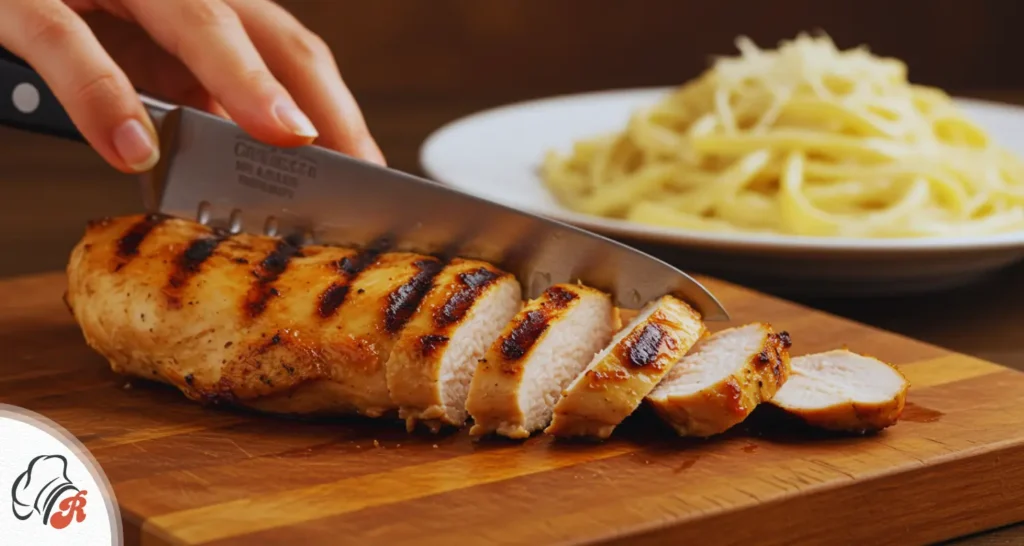
1. Choosing the Right Chicken
The first step in preparing chicken for your Chicken Alfredo is selecting the right cut of chicken. Boneless, skinless chicken breasts are the most commonly used for this dish, as they cook quickly, are easy to slice, and have a neutral flavor that pairs well with the rich Alfredo sauce. If you prefer, you can also use boneless, skinless chicken thighs, which tend to be juicier and more flavorful, but they will require a slightly longer cooking time.
Pro Tip: If you’re looking for a quicker prep, you can use chicken tenders (small, tender pieces from the breast), which are already cut and cook faster.
2. Tenderizing the Chicken (Optional)
If you want to ensure that the chicken turns out extra tender, consider tenderizing it before cooking. You can do this by gently pounding the chicken breasts with a meat mallet or rolling pin until they’re an even thickness. This helps the chicken cook more evenly and prevents it from becoming tough or dry in certain areas.
Pro Tip: Tenderizing helps the chicken absorb more of the seasoning, creating a flavorful crust while maintaining a juicy interior.
3. Seasoning the Chicken
Properly seasoning the chicken is crucial for adding flavor and depth to your Chicken Alfredo. While the Alfredo sauce will be creamy and rich, the chicken itself should have a savory seasoning to balance that. A simple seasoning mix of salt, black pepper, garlic powder, onion powder, and a pinch of Italian seasoning works wonderfully. You can also add some paprika for a subtle smokiness or lemon zest for a touch of brightness.
Pro Tip: For extra flavor, marinate the chicken in olive oil, lemon juice, and a few herbs (like rosemary or thyme) for at least 30 minutes before cooking. This will infuse the chicken with moisture and flavor.
4. Cooking Methods: Sautéing vs. Grilling
There are two popular methods for cooking the chicken that both yield great results, depending on your preference and the tools available to you.
- Sautéing:
Searing the chicken in a hot pan is one of the easiest ways to cook chicken for Chicken Alfredo. To sauté, heat some olive oil or butter in a large skillet over medium-high heat. Once the pan is hot, add the chicken and cook for about 6–7 minutes per side, or until the chicken reaches an internal temperature of 165°F (75°C). Searing the chicken creates a beautiful golden-brown crust on the outside, which locks in the juices and adds extra flavor. - Grilling:
If you prefer a smoky flavor, grilling the chicken is a great option. Preheat the grill to medium-high heat and cook the chicken for about 6-8 minutes on each side, or until it reaches the proper internal temperature. Grilled chicken can add a slightly charred flavor that complements the creamy Alfredo sauce and provides a nice contrast in textures.
Pro Tip: To avoid overcooking the chicken, use a meat thermometer to check the internal temperature. Overcooked chicken can become dry and tough, so aim for 165°F (75°C) for perfectly tender chicken.
5. Resting the Chicken
After cooking, let the chicken rest for about 5 minutes before slicing. Resting allows the juices to redistribute within the meat, making it juicier and more flavorful. If you slice the chicken immediately, the juices will run out, and the chicken may end up dry. Once rested, slice the chicken and serve it over your creamy Olive Garden recipe Alfredo sauce for the perfect balance of flavors.
Pro Tip: While the chicken is resting, cover it loosely with aluminum foil to keep it warm without trapping steam that could make it soggy.
6. Slicing the Chicken
Once the chicken has rested, it’s time to slice it. For the best presentation and texture, cut the chicken into thin, bite-sized slices against the grain. Cutting against the grain (the muscle fibers) helps to break them up, making the chicken more tender and easier to chew. This also ensures that the chicken absorbs more of the Alfredo sauce.
Pro Tip: If you’re serving Chicken Alfredo to a crowd, you can slice the chicken into strips to make it easier for everyone to serve themselves.
7. Combining the Chicken with the Alfredo Sauce
Once your chicken is cooked and sliced, it’s time to combine it with the Alfredo sauce. You can either toss the sliced chicken directly into the sauce, allowing it to soak up the flavors, or serve it on top of the pasta and sauce for a more visually appealing presentation. For a truly indulgent dish, drizzle a little extra Alfredo sauce over the chicken slices.
Pro Tip: For added flavor, you can sauté the chicken in the same pan you use to cook the garlic, allowing it to absorb any remaining bits of flavor from the pan.
Cooking the Perfect Fettuccine Pasta
No matter how delicious your Alfredo sauce and chicken are, the pasta is just as important in creating the perfect Chicken Alfredo dish. Fettuccine pasta is the traditional choice for this recipe, and for good reason—it’s wide enough to hold onto the rich, creamy Olive Garden recipe Alfredo sauce, making every bite luxurious.
Getting the pasta perfectly cooked is a crucial step to elevate your dish. Let’s go over the best techniques for cooking fettuccine pasta, ensuring it’s just the right texture to complement the Alfredo sauce.
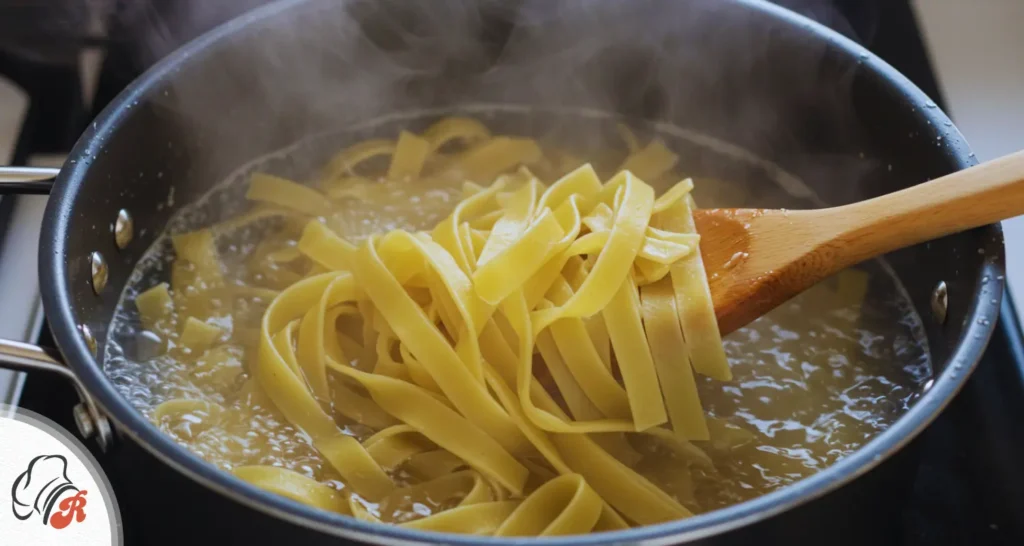
1. Choosing the Right Fettuccine Pasta
Fettuccine is a type of wide, flat pasta that’s ideal for creamy sauces like Alfredo. When buying pasta, you’ll typically find it in two forms: dried or fresh. Both can work, but each has its own qualities:
- Dried Fettuccine: This is the most common type and is available in most grocery stores. It holds up well during cooking and can absorb sauces beautifully.
- Fresh Fettuccine: This type cooks much faster, usually in 2–3 minutes, and has a tender, silky texture that’s perfect for creamy sauces like Alfredo.
If you’re looking for a more authentic, restaurant-quality dish, consider using fresh fettuccine, though dried pasta can also yield excellent results.
Pro Tip: Be sure to use authentic Italian pasta (such as De Cecco or Barilla) for the best texture and flavor.
2. Boiling the Water – The Key to Perfect Pasta
The most important aspect of cooking fettuccine pasta is the water. You want to make sure the water is boiling vigorously before you add the pasta. To do this:
- Use plenty of water: The general rule is to use 4 to 6 quarts of water per pound of pasta. This ensures the pasta has enough space to move around while cooking and prevents it from becoming sticky.
- Salt the water generously: Adding about 1-2 tablespoons of salt per gallon of water is the traditional method. Salt is crucial not only for seasoning the pasta but also for improving the texture. The pasta absorbs the salt during cooking, adding a deeper flavor to the noodles.
- Bring water to a full boil: Wait until the water is at a rolling boil before adding the pasta. This ensures the pasta cooks evenly and prevents it from sticking together.
Pro Tip: Don’t be afraid to add a good amount of salt—the water should taste like the ocean. The salt will infuse the pasta, enhancing its flavor, which complements the richness of the Alfredo sauce.
3. Cooking the Fettuccine Pasta
Once your water is boiling, add the fettuccine pasta to the pot. Stir gently right after adding it to the water to prevent the noodles from sticking together. Fettuccine pasta takes about 8 to 10 minutes to cook when using dried pasta, but if you’re using fresh pasta, it will only take 2 to 3 minutes. Once cooked, toss the pasta with your Olive Garden recipe Alfredo sauce for a perfectly creamy, satisfying dish.
- Follow the package instructions: Every brand of pasta is slightly different, so it’s important to follow the cooking time on the package to avoid overcooking.
- Check for al dente texture: The ideal texture for fettuccine is al dente, meaning the pasta is firm to the bite but not hard. To check for doneness, remove a piece of pasta from the pot and taste it. It should be tender yet still have a slight bite in the center.
Pro Tip: Stir the pasta occasionally while cooking to ensure it doesn’t clump together. If it sticks, add a splash of pasta water to loosen it up.
4. Draining the Pasta
After the pasta is cooked just right, drain it some time. Here’s what you need to do:
- Reserve some pasta water: Before draining, use a measuring cup to take about 1 cup of pasta water from the pot. This starchy water can be added to the Alfredo sauce later to help thicken it or adjust its consistency.
- Drain the pasta carefully: Place a colander in the sink and carefully pour the pasta into it. Shake the colander to remove excess water, but don’t rinse the pasta. The pasta’s starch helps the sauce cling better.
Pro Tip: If you’re making Chicken Alfredo for a crowd, you can toss the cooked pasta with a small amount of olive oil to prevent it from sticking together before serving.
5. Combining the Pasta with the Alfredo Sauce
Now that your pasta is cooked, it’s time to bring everything together.
- Warm the sauce: If your Alfredo sauce is ready before the pasta, make sure it’s warm when you combine it with the noodles. A warm sauce will coat the pasta better than a cold sauce. If your sauce has thickened too much, add a splash of the reserved pasta water to thin it out to your desired consistency.
- Toss the pasta and sauce together: Once both the pasta and sauce are ready, gently toss the fettuccine with the Alfredo sauce in a large pan or serving dish. Use tongs or a large spoon to mix everything together, ensuring that every piece of pasta is coated in that creamy, rich sauce.
Pro Tip: If you like a little extra flavor, you can also toss some freshly chopped parsley or grated Parmesan cheese into the pasta before serving.
6. Serving the Fettuccine Alfredo
After you’ve mixed the pasta and sauce, it’s time to serve.
- Plate it beautifully: For a restaurant-worthy presentation, twirl the pasta into a nest shape or mound it neatly in the center of each plate. If you’ve added chicken, arrange the sliced pieces on top of the pasta for a more elegant presentation.
- Add extra garnishes: For a finishing touch, sprinkle a generous amount of freshly grated Parmesan cheese on top of the dish. You can also garnish with fresh parsley or a light drizzle of olive oil to add color and richness.
Pro Tip: Serve immediately while the pasta is hot and the sauce is creamy. Fettuccine Alfredo is best enjoyed fresh, as the sauce can thicken as it cools.
Assembling the Dish – Olive Garden Chicken Alfredo
Now that you’ve prepared the creamy Alfredo sauce, perfectly cooked fettuccine pasta, and tender chicken, it’s time to bring everything together and assemble the ultimate olive garden recipe alfredo sauce. The final steps of combining these elements are crucial to achieving a beautifully presented and mouth-watering dish. In this section, we’ll walk you through how to assemble your Chicken Alfredo to ensure that every bite is packed with flavor and texture.
1. Begin with a Generous Bed of Fettuccine Pasta
The foundation of your Chicken Alfredo is the fettuccine pasta. Start by placing a generous portion of the cooked fettuccine into each bowl or plate. For a classic, Olive Garden-inspired presentation, you can twirl the pasta into a neat nest shape, making it look elegant and inviting. You want the pasta to be the star of the dish, as it will be enveloped by the rich Alfredo sauce and perfectly paired with the tender chicken.
Pro Tip: If you’re serving multiple people, you can portion the pasta into individual serving bowls or create a large platter for family-style dining.
2. Coat the Pasta with Alfredo Sauce
Once the pasta is in place, it’s time to generously coat it with the creamy Alfredo sauce. Pour the Alfredo sauce over the pasta and use tongs or a spoon to gently toss the pasta, ensuring that every strand of fettuccine is fully coated. The sauce should be thick and creamy, with just the right amount of richness to cling to the pasta.
If the sauce is too thick at this point, you can adjust the consistency by adding a splash of the reserved pasta water to loosen it up, creating a silky texture that coats the pasta without being too runny.
Pro Tip: Be sure to save some extra Alfredo sauce to serve on the side or drizzle over the top of the chicken and pasta for an added indulgence.
3. Add the Chicken
Now comes the star of the dish—the chicken. Once the chicken has been properly cooked, rested, and sliced into thin, even pieces, it’s time to arrange it atop the creamy fettuccine pasta coated with Olive Garden recipe Alfredo sauce. For a restaurant-quality presentation, fan out the chicken slices on top of the pasta, ensuring that the pieces are evenly distributed so each bite has some chicken. You can choose to lay the chicken slices in a decorative pattern or just arrange them casually depending on your preference.
If you prefer a more indulgent dish, you can drizzle a bit more Alfredo sauce over the chicken to make it extra creamy. The richness of the sauce will enhance the flavor of the chicken and create a harmonious balance of textures.
Pro Tip: If you grilled the chicken, consider adding a slight char or grill marks by serving the chicken with a bit of extra grilled flavor visible for an aesthetically pleasing look.
4. Garnish for Color and Flavor
Presentation matters, especially when trying to replicate the look of Olive Garden’s Chicken Alfredo. To elevate the dish visually and enhance its flavors, garnish with a few simple but impactful ingredients:
- Freshly Grated Parmesan Cheese: Sprinkle a generous amount of freshly grated Parmesan over the top of the chicken and pasta. The cheese will melt slightly into the sauce, adding more richness and a sharp, nutty flavor that complements the creamy Alfredo sauce perfectly.
- Fresh Parsley: Add a sprinkle of finely chopped fresh parsley for a pop of green color. This not only brightens the dish but also adds a hint of freshness that cuts through the richness of the sauce.
- Cracked Black Pepper: A dash of freshly cracked black pepper can add a bit of spice and a touch of contrast to the creamy sauce. It’s subtle but can elevate the overall flavor profile.
- Garlic Bread (Optional): For a true Olive Garden experience, serve your Chicken Alfredo with a side of garlic bread. The crispy, buttery bread pairs perfectly with the creamy pasta and adds a satisfying crunch to the meal.
Pro Tip: If you want to give the dish a more sophisticated look, you can also drizzle a little bit of olive oil or a balsamic glaze over the top to add a glossy finish and a touch of elegance.
5. Serve Immediately for Maximum Flavor
Chicken Alfredo, like many pasta dishes, is best enjoyed fresh and hot. Once you’ve assembled the dish with your creamy Olive Garden recipe Alfredo sauce, serve it immediately to ensure the pasta remains creamy and the chicken stays tender. The Alfredo sauce will cling to the noodles, and the flavors will meld together perfectly for a satisfying meal.
For a more indulgent touch, you can serve the dish in a large, family-style platter, allowing everyone to scoop their own portions of pasta and chicken. If you’re plating individual servings, be sure to take your time to create a beautiful presentation that matches the deliciousness of the dish.
Pro Tip: If you’re making this dish in advance, you can prepare all the components and store them separately. Just reheat the sauce gently, warm the pasta in boiling water for a minute, and assemble the dish just before serving.


